Optimal Timing for Waterproofing
Waterproofing is a crucial process to protect structures from water intrusion and damage. The effectiveness of waterproofing depends heavily on timing, weather conditions, and preparation. Properly scheduled waterproofing can extend the lifespan of buildings and prevent costly repairs.
Late spring and early fall are ideal for waterproofing projects due to moderate temperatures and lower humidity levels. These conditions allow materials to cure properly and adhere effectively.
Waterproofing should be avoided during rainy, snowy, or extremely humid periods. Moisture can interfere with application and curing processes, reducing the durability of the waterproofing layer.
Surface cleaning and drying are essential prior to application. Ensuring the area is free of debris and moisture enhances adhesion and longevity of the waterproof membrane.
Temperatures between 50°F and 85°F are recommended for most waterproofing materials. Cold or hot extremes can compromise the effectiveness of the application.
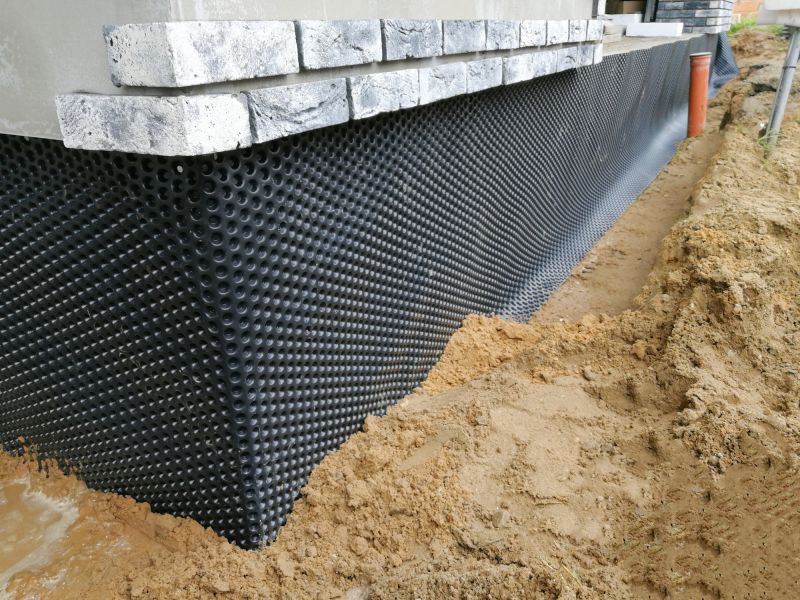
Ways to make Waterproofings work in tight or awkward layouts.

Popular materials for Waterproofings and why they hold up over time.
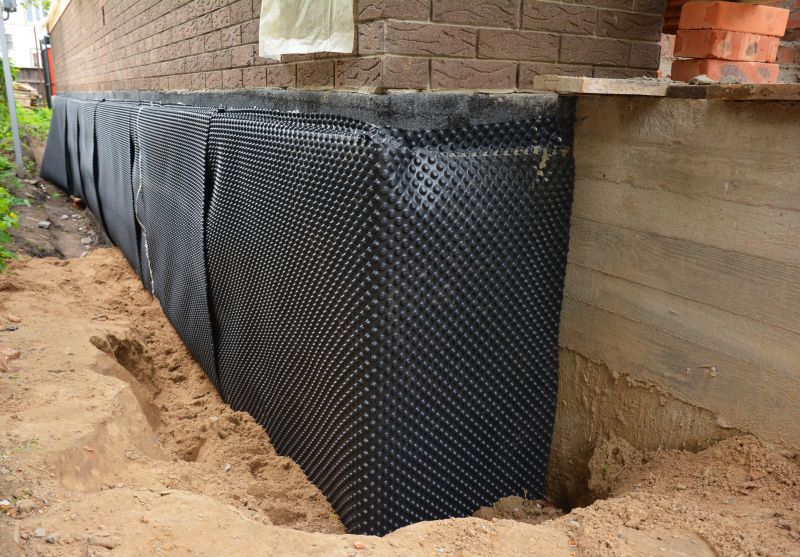
Simple add-ons that improve Waterproofings without blowing the budget.
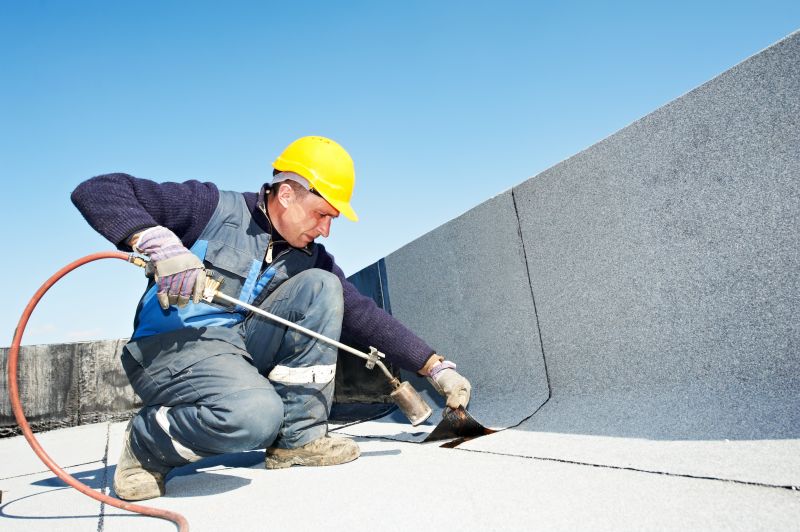
High-end options that actually feel worth it for Waterproofings.
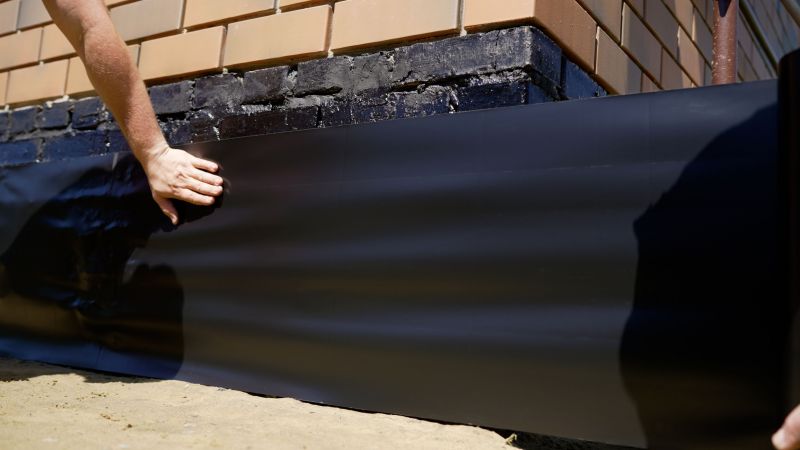
Finishes and colors that play nicely with Waterproofings.
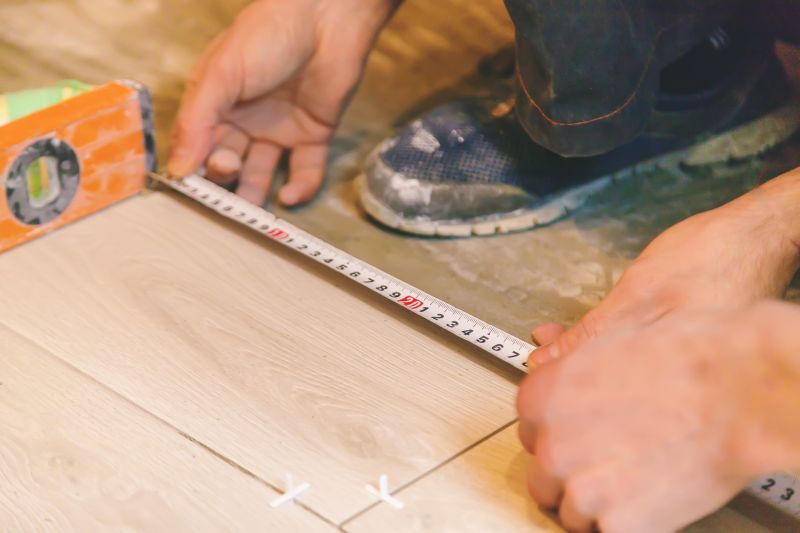
Little measurements that prevent headaches on Waterproofings day.
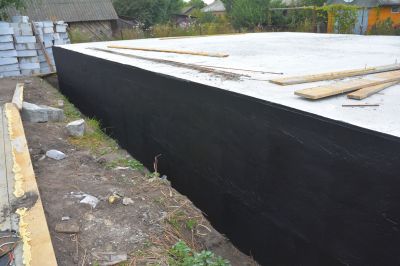
A 60-second routine that keeps Waterproofings looking new.
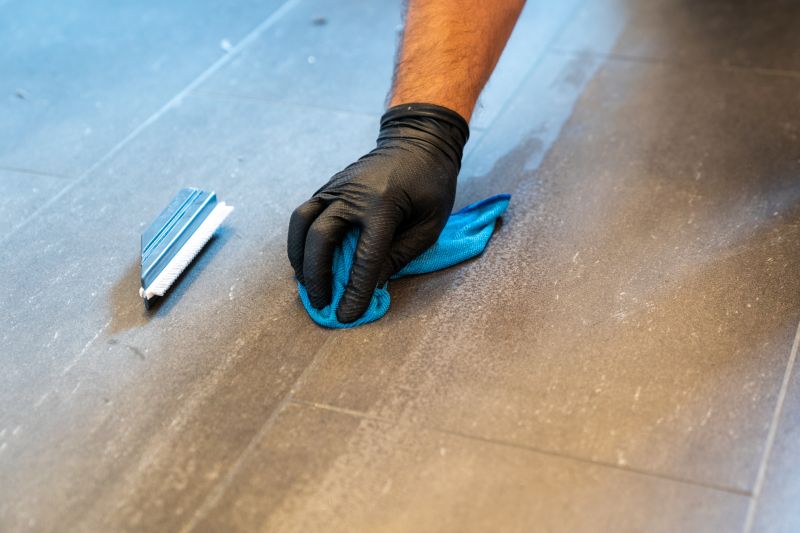
A frequent mistake in Waterproofings and how to dodge it.

Small tweaks to make Waterproofings safer and easier to use.
| Season | Advantages |
|---|---|
| Spring | Moderate temperatures and low humidity facilitate effective application. |
| Summer | Longer daylight hours allow for flexible scheduling, but avoid peak heat. |
| Fall | Ideal for waterproofing due to cooler weather and dry conditions. |
| Winter | Generally unsuitable because of freezing temperatures and moisture. |
| Late Fall | Prepares structures for winter and prevents water damage during cold months. |
| Early Spring | Prevents water intrusion before warmer weather causes expansion and contraction. |
Waterproofings are essential for protecting buildings from water penetration, which can lead to structural damage, mold growth, and interior deterioration. Advances in waterproofing technology include flexible membranes, liquid coatings, and spray-applied systems that provide durable barriers against moisture. Proper application during optimal weather conditions ensures maximum adhesion and longevity. Statistics indicate that waterproofing can reduce water-related damages by up to 70 percent, saving costs on repairs and maintenance.
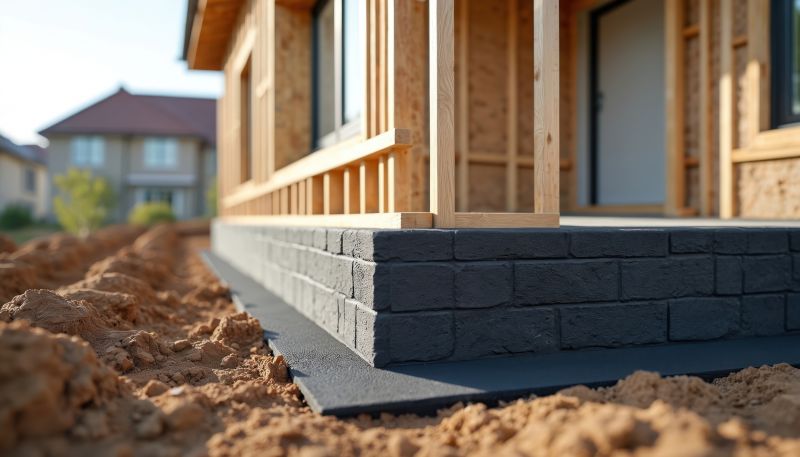
Lower-waste or water-saving choices for Waterproofings.
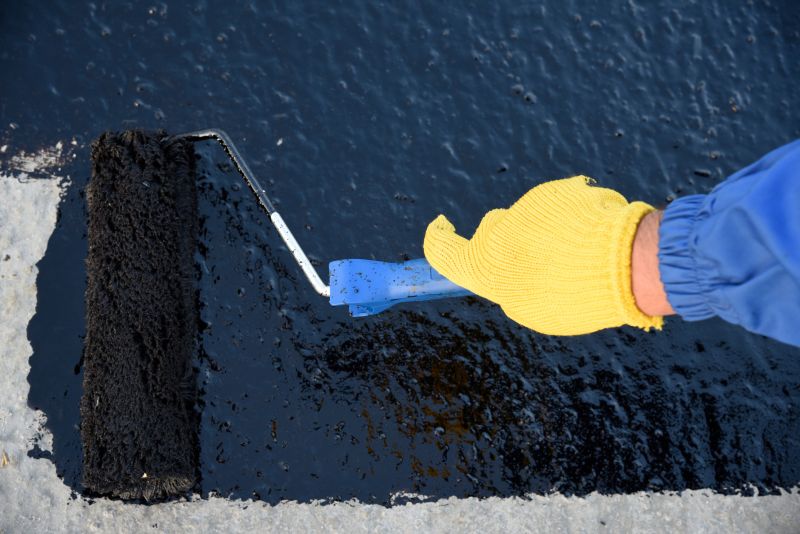
The short, realistic tool list for quality Waterproofings.
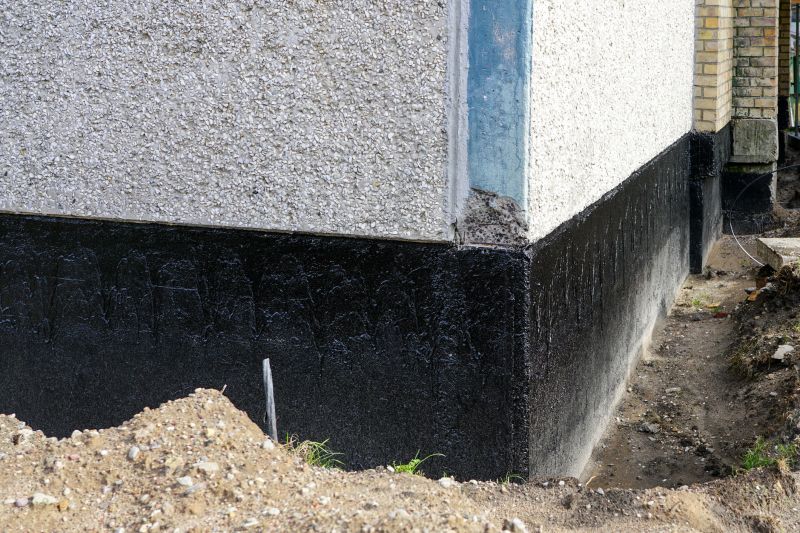
Rough timing from prep to clean-up for Waterproofings.

Quick checks and paperwork to keep after Waterproofings.
Individuals interested in waterproofing services are encouraged to contact for more information. Proper timing and application techniques are vital for ensuring effective protection against water damage and extending the lifespan of structures.

